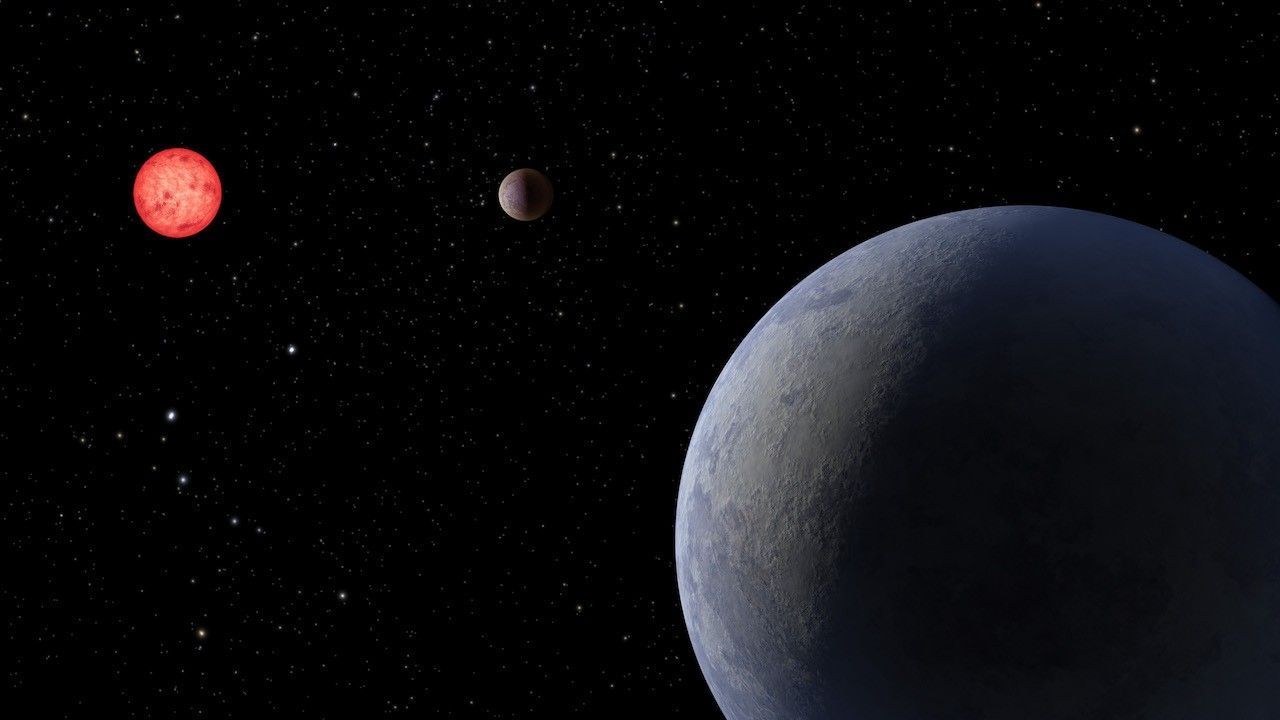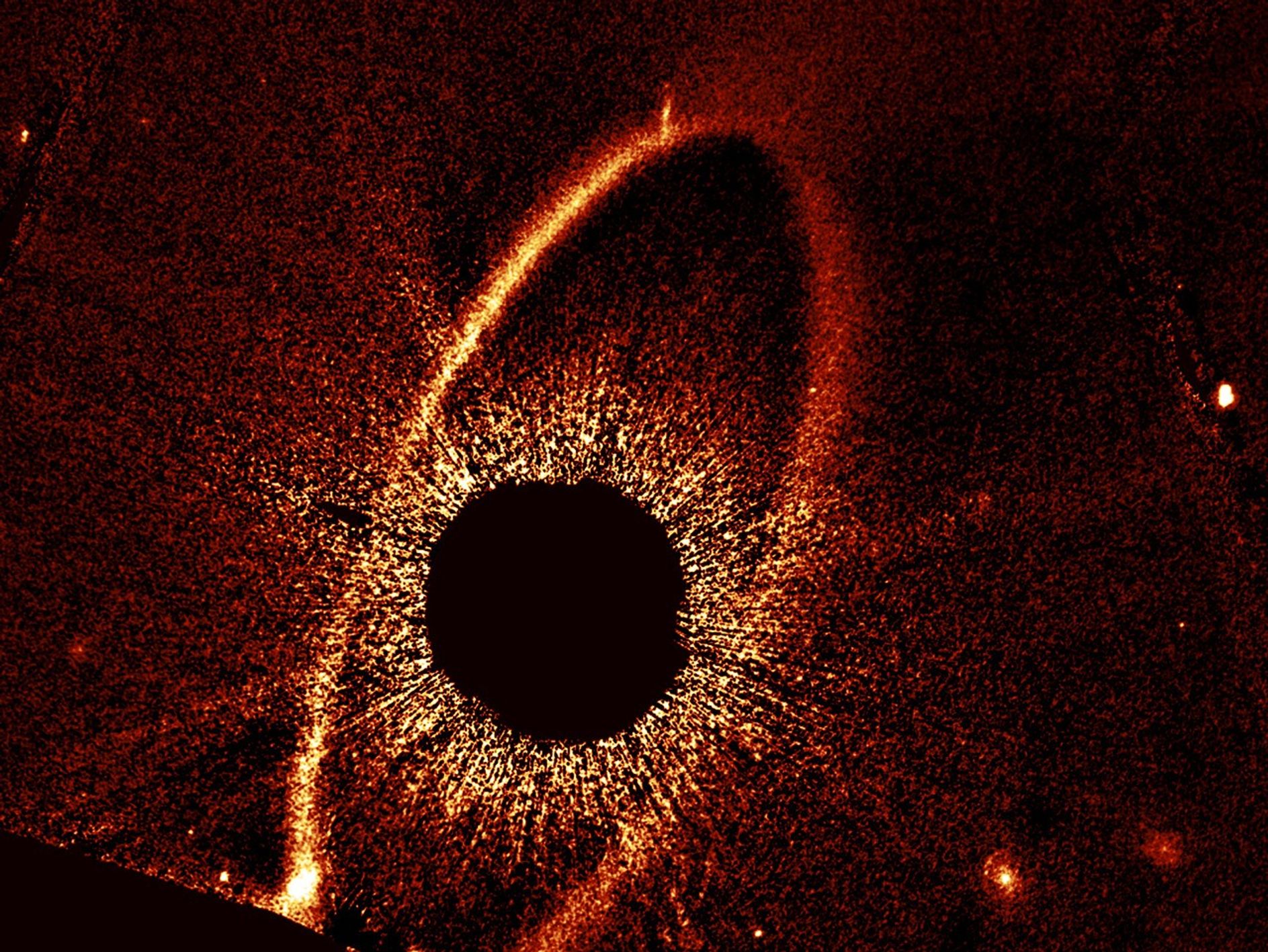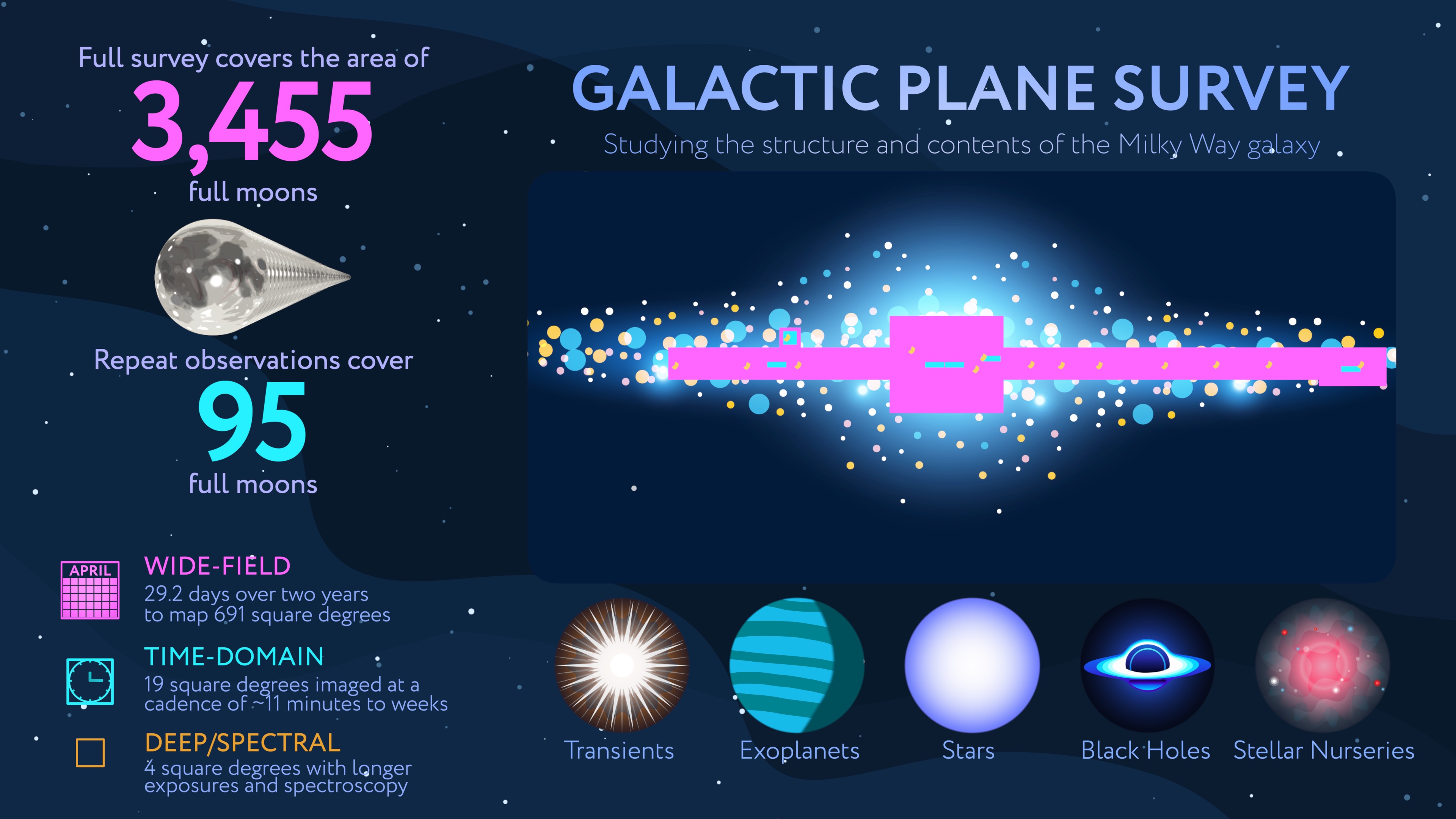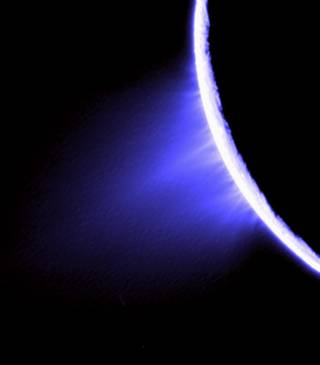The discovery: LP 890-9 c, a “super-Earth” in the habitable zone of its star.
Key facts: The planet, likely rocky but 40% larger than Earth, came to light during follow-up observations of its sister planet, LP 890-9 b. Both fall into the super-Earth category – exoplanets, or planets around other stars, that are up to 75% larger than our own but believed to be rocky worlds, like Earth. Surface conditions might or might not be similar.
Details: Both planets orbit a comparatively cool, red-dwarf star, LP 890-9, about 98 light-years away. The inner planet, discovered using the Transiting Exoplanet Survey Satellite (TESS), is about 30% larger than Earth and, with an estimated temperature of 253 degrees Fahrenheit (123 Celsius), probably too hot to be habitable. The outer planet, though possibly chilly by human standards at an estimated 30 Fahrenheit (minus 1.1 Celsius), sits within its star’s habitable zone, the orbital distance where liquid water might be present on the surface. This planet was detected using a ground-based telescope survey, the Search for habitable Planets EClipsing Ultra-cOOl Stars (SPECULOOS). The observations not only met their original goal – confirming the existence of the innermost planet – but unexpectedly discovered a second planet in the system.
Plenty of caveats come with the temperature estimates. The planets’ actual temperatures depend on their atmospheres, about which nothing is yet known. It’s possible that the outermost planet’s atmosphere has given rise to a runaway greenhouse effect, which would make it more like Venus than Earth – much too hot for habitability. Both planets orbit their stars tightly: a “year” on planet b, once around the star, takes only 2.7 days, planet c 8.5 days. But the star is far smaller and cooler than our Sun, placing closely orbiting planet c near the inner edge of this star’s habitable zone.
Fun facts: The new planet, LP 890-9 c, adds to the list of worlds discovery teams suggest might be examined by the James Webb Space Telescope. Launched in December 2021, the telescope has settled into its orbit a million miles from Earth and already has begun reading out the gases present in exoplanet atmospheres. The telescope’s instruments include spectrographs, which can capture light shining from a parent star through the atmospheres of exoplanets, providing a spectrum and a fingerprint of the types of gases present. That, and other methods the telescope uses to analyze atmospheres, potentially could reveal which of these planets might be habitable worlds.
The study authors say the new planet is especially promising for potential atmospheric studies; in fact, the study says, it is “the second-most favorable habitable-zone terrestrial planet” after the TRAPPIST-1 planetary system – seven roughly Earth-sized planets about 40 light-years away, including three in the habitable zone of their red-dwarf star.
The discoverers: The new planet is detailed in a paper published by an international team of scientists led by Laetitia Delrez, an astrophysicist at the University of Liège, Belgium. It was entered into NASA’s Exoplanet Archive on Sept. 16, 2022.


































